Confit Duck Salad – Chef Koj
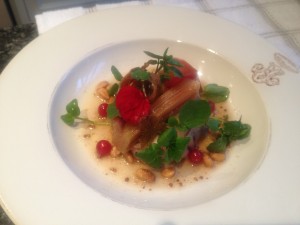 …with pickled rhubarb, red currants, pine nuts, duck crackling and duck dressing
…with pickled rhubarb, red currants, pine nuts, duck crackling and duck dressing
Courtesy of Chef Andrew Kojima, MasterChef UK Finalist
INGREDIENTS
For the duck legs
- 2 Gressingham duck legs
- 1 teaspoon (5 ml) sea salt
- 1/2 teaspoon (2.5 ml) black pepper
- 1/2 teaspoon (2.5 ml) coriander seeds
- 1/2 teaspoon (2.5 ml) smoked paprika
- 1 sprig thyme1 bay leaf
- 1 pod star anise
- 1 tablespoon (15 ml) pomace oil
For the duck skin crackling
- Duck skins, reserved from the cooked duck legs
For the duck dressing
- Cooking juices, reserved from the cooked duck legs
- 1/2 to 1 tablespoon (7.5 to 15 ml) clear honey, to taste
- 1 teaspoon (5 ml) whole grain mustard
- 2 tablespoons (30 ml) raspberry vinegar (or red wine vinegar)
- Sea salt and black pepper, to taste
For the pickled rhubarb
- 1 to 2 sticks/stalks rhubarb
- 2 tablespoons (28 g) tamarind pulp, soaked in boiling water
- 3 ½ ounces (100 ml) red wine vinegar
- 4 tablespoons (50 g) sugar
- 6 ½ ounces (200 ml) water
- Pinch sea salt
For the garnish
- Duck dressing
- Fresh red currants
- Pine nuts, toasted
- Watercress and / or nasturtium leaves and flowers
- Duck skin crackling
To make the duck legs
- Fill and preheat the SousVide Supreme to 167F/75C.
- Put the duck legs and all confit ingredients into a cooking pouch, massage gently around, and vacuum seal the pouch.
- Submerge in the water oven to cook for 8 hours.
- Remove the pouch from the water and plunge into ice water for 5 to 10 minutes. When the duck is cool enough to handle, open the pouch and remove the duck legs; reserve the cooking juices.
- Carefully remove the skins from the legs and reserve the skins aside to make cracklings. Pull the meat from the bone and separate any excess fat, sinews or cartilage. Wrap up the duck meat in plastic wrap/cling film (you can make it into a ballotine, if you like, to make the presentation better) and refrigerate until needed.
To make the crackling
- Preheat the traditional oven to 180F/80C.
- Line a baking tray with non-stick baking parchment. Spread the duck skins out so that they are flat. (Don’t worry if they tear; you are going to break them into shards later anyway.)
- Put them into the slow oven for an hour or two hours, until they are dry and crisp.
To make the dressing
- Pour the reserved cooking juices through a sieve into a measuring cup/jug; discard the herbs and spices and any solids.
- Refrigerate the juices for 15 to 20 minutes so the fat will solidify, then skim it off and discard it.
- Warm the juices in a small pot on the stovetop or in the microwave.
- Add the remaining dressing ingredients and taste it – it should be sweet, slightly tangy but with plenty of savoury duck flavour.
- Transfer the dressing to a sous vide zip pouch or bottle until required.
For the rhubarb
- Cut the rhubarb into pieces about 1 to 2 inches/2.5 to 5 cm long (depending on the size plate you will serve it on) and rinse them and allow to drain.
- Strain the tamarind through a conical sieve into a small pot to remove the seeds.
- Add the vinegar, sugar, water and salt, and bring to the boil.
- When the sugar is dissolved, remove from the heat, then add the rhubarb. It is important not to overcook the rhubarb, so allow it to become tender in the residual heat.
- When the pickling liquor has cooled to room temperature, transfer the rhubarb to a vacuum pouch or covered container until needed.
To finish
- Warm the duck dressing in the Sous Vide Supreme water oven at 140F/60c or in a pot on the stovetop; hold warm until ready to serve.
- Remove the duck leg meat from the refrigerator, so that it can come to room temperature. If you have rolled it into a ballotine, cut it into slices while it is still cold and plate it immediately, so that it can come to room temperature on the plate.
- Arrange the duck meat in the centre of the plate (if desired, use a pastry ring to make it neater).
- Dress the meat generously with several spoons of duck dressing and rest 2 or 3 pieces of rhubarb on top of the duck. Garnish with fresh red currants, toasted pine nuts, watercress and finally the duck skin crackling, for additional flavour and texture.







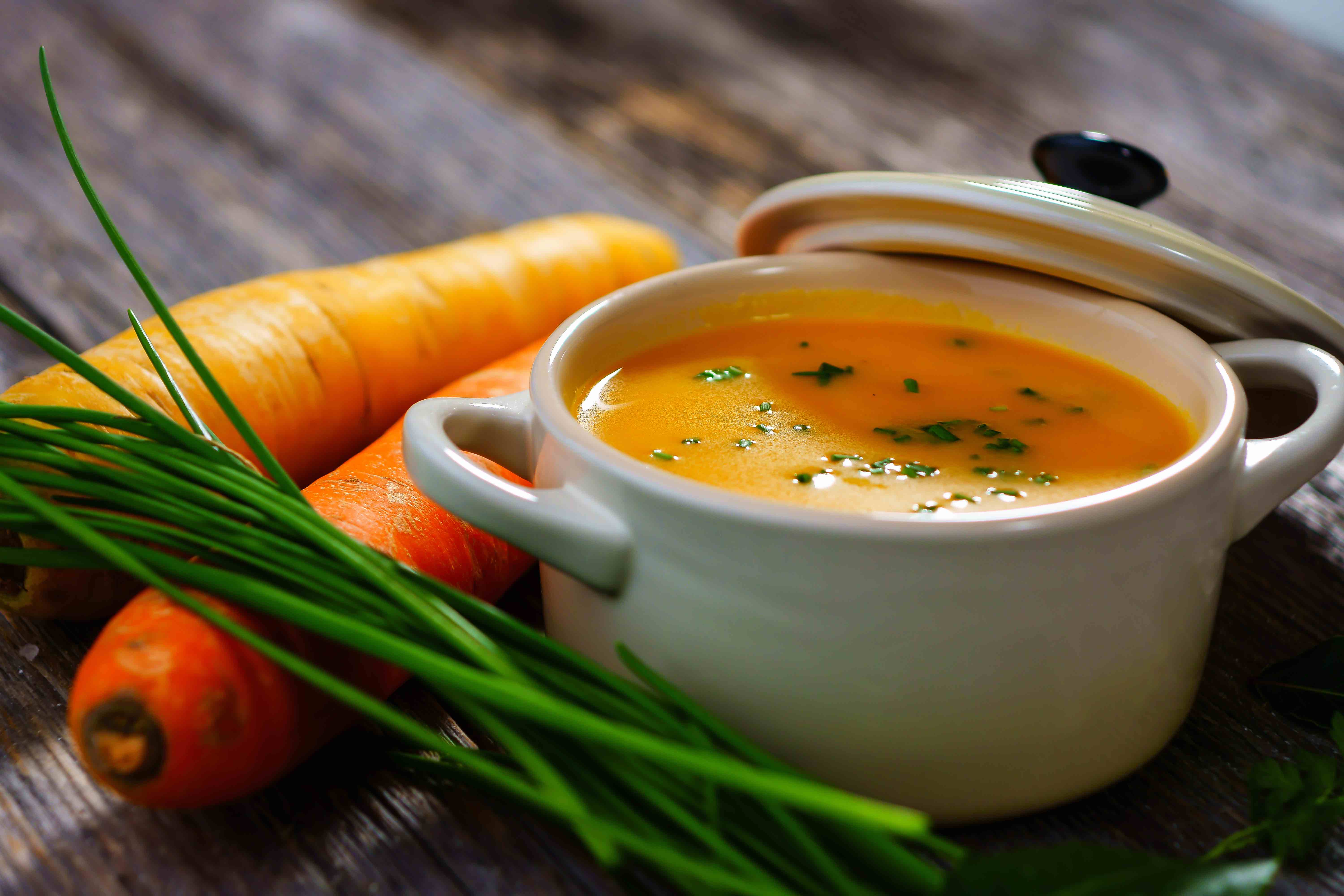
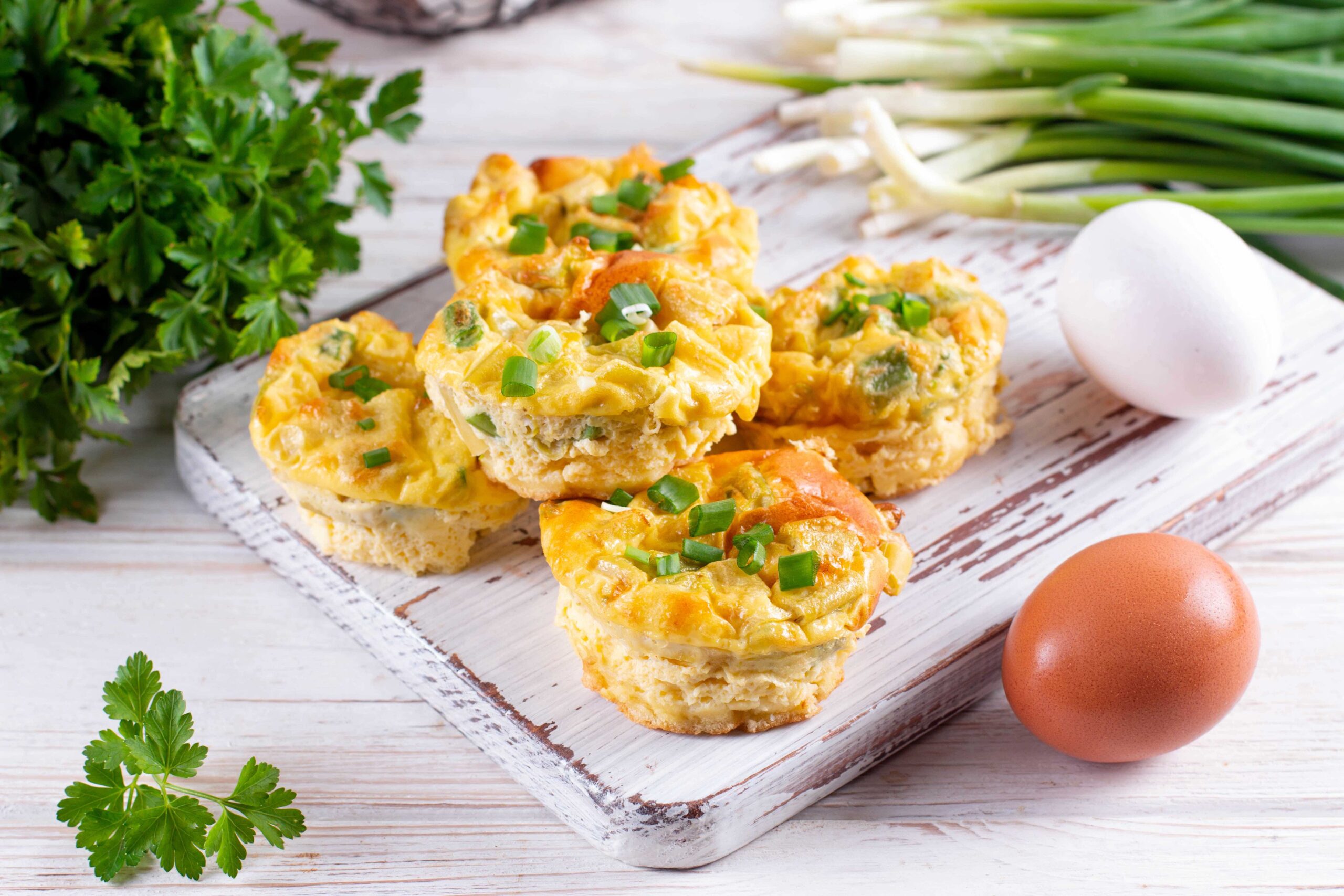
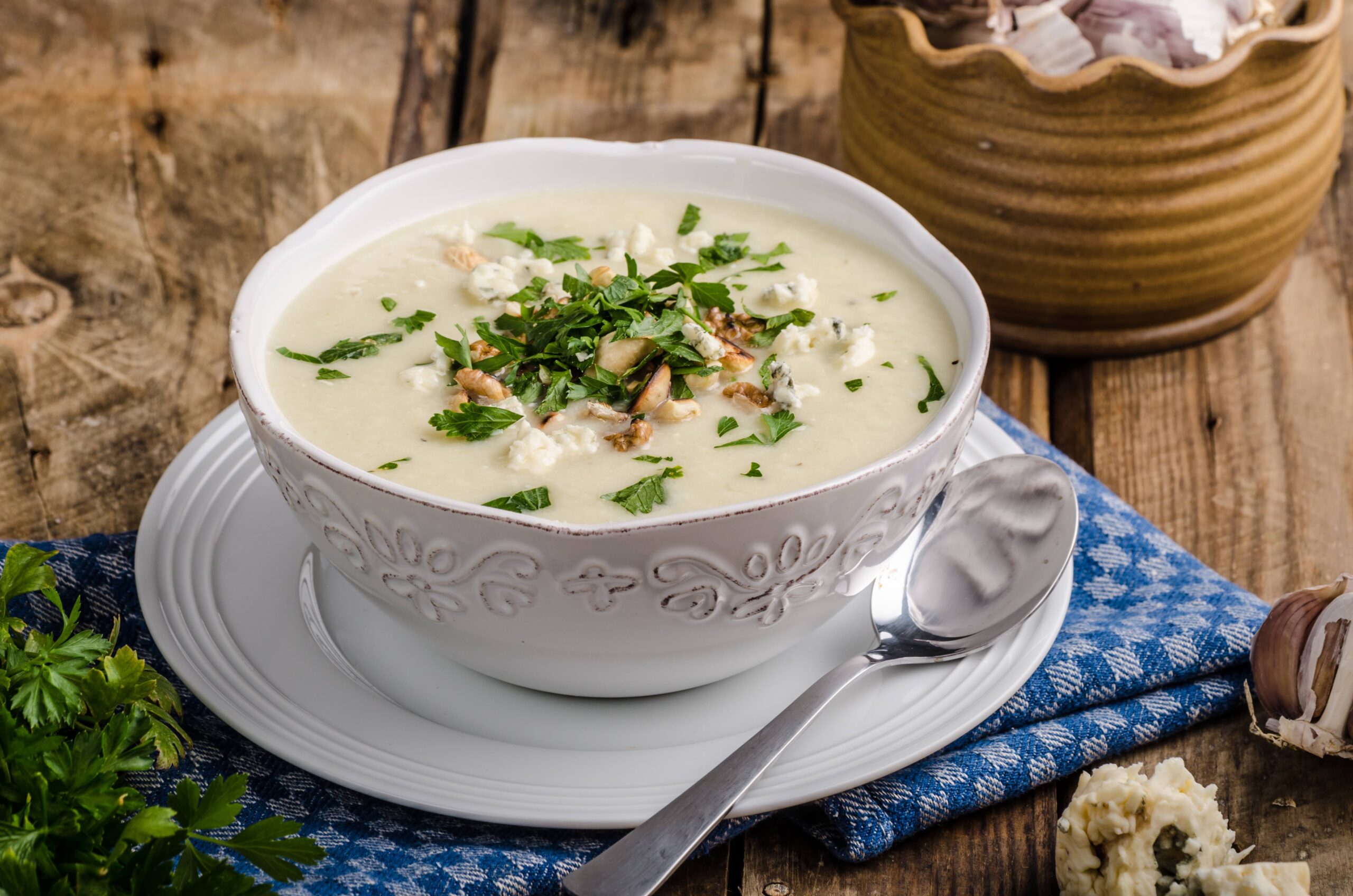

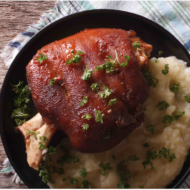
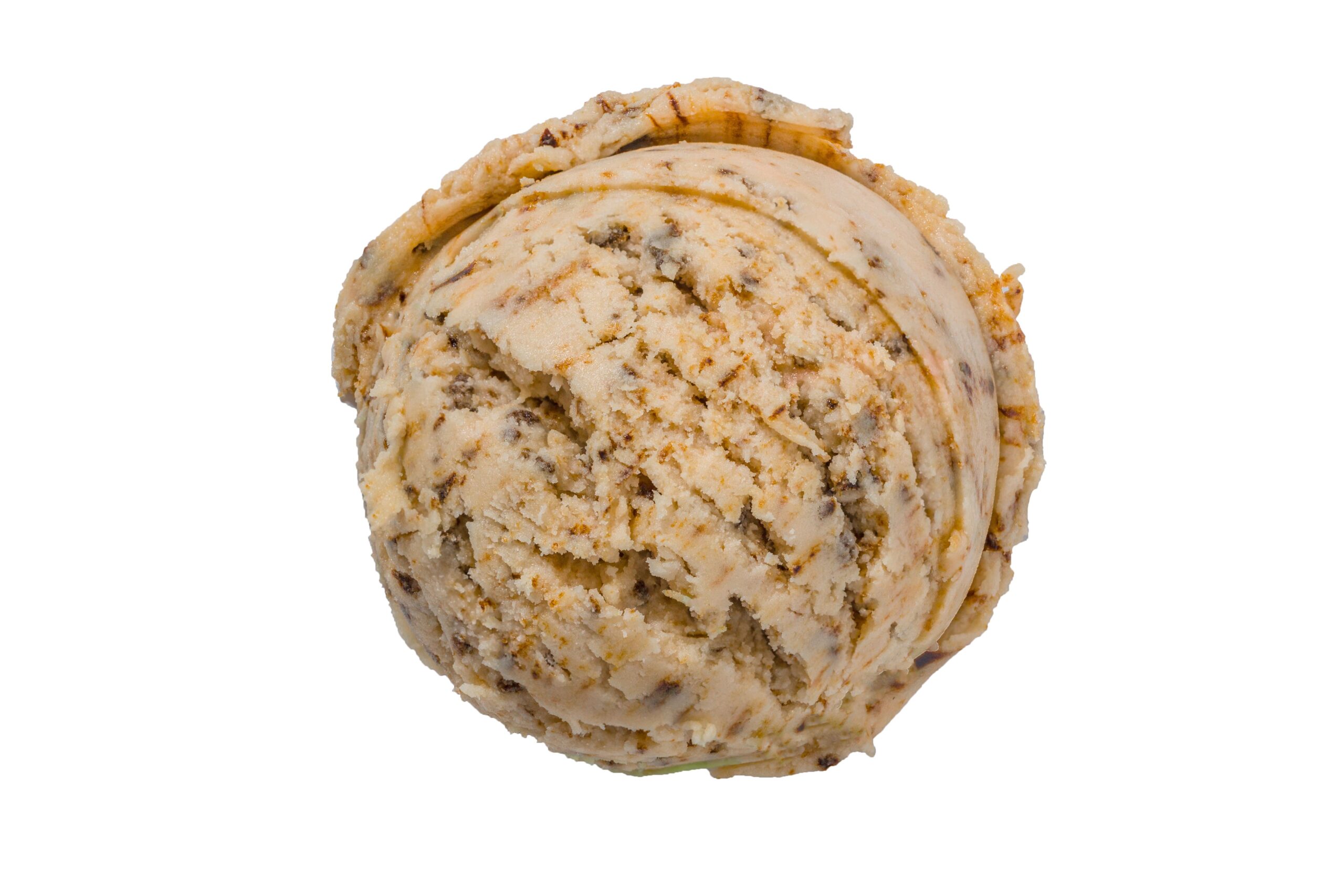
 Easy Returns & Exchanges
Easy Returns & Exchanges Shipping Rates & Info
Shipping Rates & Info Satisfaction Guarantee
Satisfaction Guarantee Contact Us
Contact Us Email your questions to
Email your questions to 
